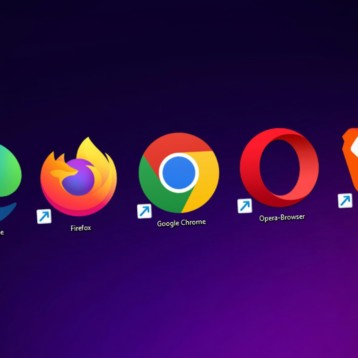
Long-tail keywords are very beneficial for bloggers. They can target long-tail keywords to get more traffic because traffic has less competition. They can also find that long-tail keywords convert better, so it is often better to get 10,000 visitors from long-tail keywords than 80,000 visitors from broader keywords.
You can also get more volume by targeting tons of long-tail keywords. These keywords account for 70% of all search traffic.
However, that is not the real benefit. They also convert a lot better. The average conversion rate for landing pages with long-tail keywords is 36%. This is three times as high as the top 10% of all web pages and over 20 times as high as all web traffic. Savvy bloggers understand this and write content around long-tail keywords.
Unfortunately, many bloggers don’t appreciate the benefits of long-tail keywords. We felt they should be covered in more detail, so you can see the reasons that they should be targeted.
Keywords or keywords
Before we focus on the advantages of blogging around long tail keywords, we feel it is necessary to explain what they are. You can find a more detailed explanation below.
What are the keywords?
Any online definition will tell you that SEO keywords focus on search terms used on the Internet to find certain information. In other words, we could say that keywords are the search terms used by users in search engines, such as Google.
From an SEO standpoint, keywords are the terms that bloggers optimize around to be found on Google.
For example:
A user searches Google for the word “flowers”. In this case “flowers” is the keyword.
You could also search for “flowers at home”. Then “flowers at home” would be the keyword. Note that it is not really a word but a phrase, but from an SEO definition “flowers at home” would be 1 keyword of 3 words. The key to this is to try to get users to find you on Google for the keywords that interest you most.
For example:
Imagine you have a flower review blog. You want to build that blog and rank for flower related terms on Google.
If a user searches Google for “how to make a boat” and your blog appears in the results, your shop is very badly focused on the keywords that really have to interest you.
You would probably prefer your shop to appear in the results when a user searches for “where to buy flowers”.
Now that we have defined keywords in more detail, let’s focus more specifically on long-tail keywords.
Long tail on SEO or long tail keywords
You may be wondering why you should focus on long-tail keywords instead of a couple very broad, high-volume keywords. Consider the following analogy:
It is easier to sell thousands of small ticket items (such as socks) than a very expensive item (such as a Picasso painting). You might prefer targeting a couple of hundred long-tail keywords instead of one or two really competitive keywords.
What is a long tail keyword?
With this definition of long-tail in mind, you can move to SEO as a way of trying to position yourself on Google in many less important keywords instead of positioning yourself on a few very important keywords.
In other words, instead of optimizing your flower blog on Google for the keyword “flowers” (it is more difficult to position a keyword that is very competitive with thousands of monthly searches), you position yourself with many more descriptive keywords such as “flower bouquets at home in New Orleans” or “flower bouquets at home in Madrid” (it is easier to position many keywords that are not very competitive with only dozens of monthly searches).
“flowers” more than 74,000 monthly searches and more than 409 million results
“bouquets of flowers at home Madrid” just 50 monthly searches and 419 thousand results
To make it clearer, I’ve created this image where you can see at a glance what this is all about and explain what the use of long tail in marketing and SEO generally brings:
- The vertical axis measures the amount of competition around a keyword.
- The horizontal axis shows the monthly search volume of keywords, which as a general rule is greater the fewer words the phrase or keyword has.
The red area refers to keywords that only have one word in them. They have more monthly searches, but also a lot more competition. The higher competition means they drive less traffic to all but the most prominent websites. They also don’t convert as well, so they aren’t worth the effort for the average business.
The green area includes keywords that have a lot more words in them. These keywords are more specific as well. As a result, they have a much lower monthly search volume. However, they are also easier to rank for and convert better. They can be worth the investment if you find enough of them that have some search volume and can drive converting visitors.







![10 Top Game Sites Not Blocked By School [2024 Updated]](https://thefutureofthings.com/wp-content/uploads/2024/10/image-25-358x358.png)


